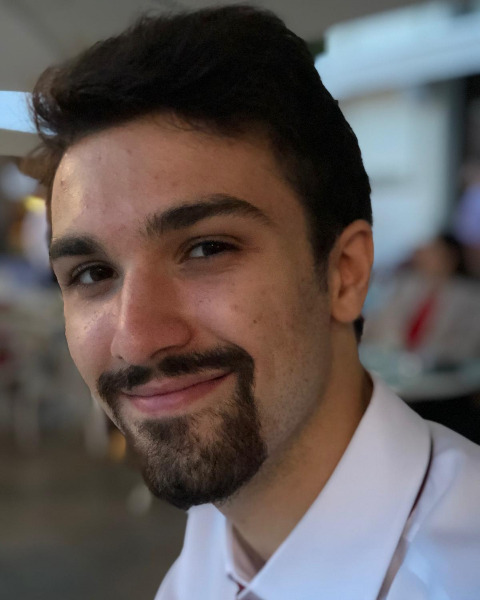General Pediatrics: Primary Care/Prevention
General Pediatrics 1
105 - Differentiating Synostotic vs Non-Synostotic Cranial Conditions from Photographs using Deep Learning: a Retrospective Study
Publication Number: 105.114

Can Kocabalkanli, MSc (he/him/his)
Computer Vision Research Engineer
PediaMetrix Inc.
Rockville, Maryland, United States
Presenting Author(s)
Background:
Craniosynostosis affects one in 2,000 births and is caused by the premature fusion of cranial sutures. Treatment typically requires surgery, and early detection is critical to avoid potential brain damage and facilitate less invasive treatment such as endoscopic interventions. Craniosynostosis is typically diagnosed by a pediatric craniofacial surgeon who may order a computed tomography (CT) exam. Unlike craniosynostosis, deformational plagiocephaly or brachycephaly (DPB), a non-synostotic family of cranial conditions that affects 20% of newborns, is usually managed through repositioning or helmet therapy. A critical challenge in the early detection and differentiation of cranial conditions is the absence of tools for pediatricians to perform cranial assessments during brief well visits. This gap results in unwarranted referrals, delays of therapy, and increased costs.
Objective: To assist pediatric providers with the early identification of synostotic and non-synostotic cranial conditions from images taken by a smart device camera, and facilitate early detection, referral, and intervention for both types of head deformity.
Design/Methods: Three dimensional (3D) photograms from 234 subjects (146 male, 88 female; mean age = 9 ± 11 months, median = 6 months; 55 craniosynostosis, 107 DPB, 72 controls) were obtained with IRB approval and parental consent as required using the devices in Table 1. The subjects were shuffled into 10 sets and split into train (85%) and test (15%) groups with at least one patient per cranial conditions category present in each group in each set. Each photogram was rendered into 2D images like top view photographs of the head at various camera poses. Each render was augmented by horizontal flipping resulting in 74 images per 3D model and a total of 17,316 renders. A custom LeNet deep learning network was trained to predict the cranial condition in the categories in Figure 1 and evaluated on each of the 10 sets.
Results:
The network classified cranial conditions as synostotic and non-synostotic with an average accuracy of 88 ± 2% accuracy, 91 ± 7% sensitivity, and 87 ± 2% specificity. The receiver-operating characteristic (ROC) curve in Figure 2 shows how thresholding can be used to further tune sensitivity and specificity.
Conclusion(s): We developed a deep learning network that can classify synostotic vs non-synostotic cranial conditions with high accuracy using photographs of the head. This system can be used by pediatricians on a smartphone or a tablet during well visits to facilitate early detection of craniosynostosis and DPB.png)
.png)
.png)
